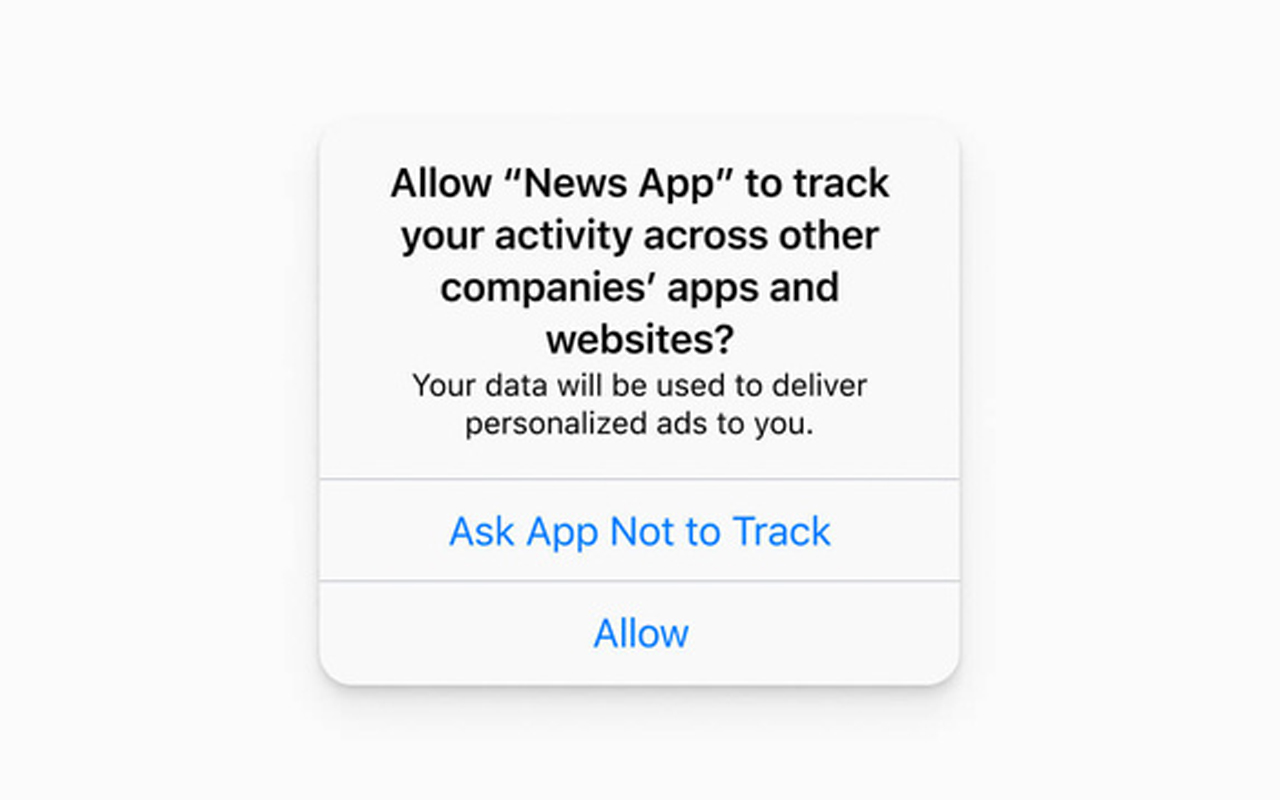Some people have brands, others just have logos
WTF IS BRANDING?

©Somewhere Else
Since branding involves communicating an identity to a wider audience through various media, there’s bound to be some overlap between branding, design, marketing, public relations, and more. It’s unhelpful to separate these. Good branding is an attitude that will ultimately inform all the actions your brand takes in all the above departments. In our introduction to this Branding Starter Kit, we said:
Branding today is an exercise in authenticity.
Think about the variety of people in your life. Some are all talk and no action, and while you know instinctively that they won’t kill you, they’re certainly full of crap. Others don’t talk about themselves very much, but by their deeds, you’d trust them to be on your apocalypse team, no matter what. This basic instinct extends to brands and brand management. Simply put, authentic branding lies in your brand’s actions, not words or appearances. Show, don’t tell!
So, instead of telling you what authentic branding is, we’ll show 5 examples of brands, old and new, that do it well, and let you be the judge.

1)
A brand that sides with their community Razer, SG
![]()
2)
In a campaign launched for Black Friday, the biggest
American shopping day of the year,
Patagonia famously encouraged shoppers NOT to buy their products. Why? Because even with Patagonia’s commitment to sustainability and low-waste methods, every jacket produced still incurred an environmental cost. The company, dedicated to their environmental purpose, could not promote rabid consumerism without being hypocrites.
That year, Patagonia also created a repair, reuse and trade program for their products, so that their audience wouldn’t have to buy new items. Ironically, the more Patagonia doubled down on its anti-consumerist message, the more people it attracted. Revenue grew by 30%.
Driven by their mission of being “in business to save our home planet”, Patagonia poured money into environmental R&D instead of marketing and advertising. Their activist networks grew. In 2018, they were listed No.6 on World’s Most Innovative Companies. Besides their own initiatives, Patagonia has also contributed more than $110million to environmental nonprofits worldwide.
By focusing on purpose-driven actions and impact, they captured not only the loyalty of environmentally-conscious consumers, but also leaders in other industries (think Jeff Bezos). To Patagonia’s loyal audience, the premium price tags are secondary to being part of a shared purpose.
![]()
3) A brand that listens to users’ concerns APPLE, USA
How many times have you shopped online, only to then be hounded by
third-party targeted ads for a similar product? User tracking is big business,
and despite repeated outcries over privacy concerns, companies usually end up
siding with advertisers, because that’s where the money is.
Most people are only vaguely aware of the privacy settings on the devices, apps, and platforms that they use daily. They’re simply too hard for users to find, making it next to useless. That’s what advertisers, and companies who base their business models on advertising revenue, count on.
This year, Apple changed the game. Their new App Tracking Transparency (ATT) feature empowers users by instantly announcing when an app is attempting to track you, and gives you the opportunity to opt out right then and there. It places control in your hands.
![]()
Razer makes high-end gaming computers. Chinese competitors offer similar
products for a fraction of the cost. Reputable brands make solid alternatives
at half the price. And yet, Razer (founded in 2005 by Singaporean Tan Min
Liang) has grown into a multi-billion-dollar company with a global following so
loyal, they get the brand logo tattooed on themselves.
How did Razer grow from being a maker of gaming mice, to the leading lifestyle brand for gamers worldwide? Not by competing on price. From the start, Razer’s brand mission has been clear. They aren’t a gaming company. They are a company for gamers. “For gamers, by gamers”— their tagline reinforces their priorities: to understand their audience, and put them first in everything that they do.
Many companies today make this claim, but few stand by it the way Razer does. For example: When an unauthorised coupon code offering 90% off Razer products leaked online, the company was flooded with orders from delighted fans. Legally, Razer was under no obligation to fulfill any of these orders. But they did anyway, at 90% off.
CEO Tan Ming Liang, intent on not disappointing gaming fans, asked the community for patience while they sorted through piles of backorders. Razer willingly suffered an enormous loss from this episode, in order to put their audience first. Gamers are not simply purchasers of gaming gear — they’re people too. By understanding the lives and motivations of their core audience, Razer branched out into music, movies, sports, VR, and virtual currency—and their audience keeps growing.
How did Razer grow from being a maker of gaming mice, to the leading lifestyle brand for gamers worldwide? Not by competing on price. From the start, Razer’s brand mission has been clear. They aren’t a gaming company. They are a company for gamers. “For gamers, by gamers”— their tagline reinforces their priorities: to understand their audience, and put them first in everything that they do.
Many companies today make this claim, but few stand by it the way Razer does. For example: When an unauthorised coupon code offering 90% off Razer products leaked online, the company was flooded with orders from delighted fans. Legally, Razer was under no obligation to fulfill any of these orders. But they did anyway, at 90% off.
CEO Tan Ming Liang, intent on not disappointing gaming fans, asked the community for patience while they sorted through piles of backorders. Razer willingly suffered an enormous loss from this episode, in order to put their audience first. Gamers are not simply purchasers of gaming gear — they’re people too. By understanding the lives and motivations of their core audience, Razer branched out into music, movies, sports, VR, and virtual currency—and their audience keeps growing.

2)
A brand that tries to sell less PATAGONIA, USA
Patagonia famously encouraged shoppers NOT to buy their products. Why? Because even with Patagonia’s commitment to sustainability and low-waste methods, every jacket produced still incurred an environmental cost. The company, dedicated to their environmental purpose, could not promote rabid consumerism without being hypocrites.
That year, Patagonia also created a repair, reuse and trade program for their products, so that their audience wouldn’t have to buy new items. Ironically, the more Patagonia doubled down on its anti-consumerist message, the more people it attracted. Revenue grew by 30%.
Driven by their mission of being “in business to save our home planet”, Patagonia poured money into environmental R&D instead of marketing and advertising. Their activist networks grew. In 2018, they were listed No.6 on World’s Most Innovative Companies. Besides their own initiatives, Patagonia has also contributed more than $110million to environmental nonprofits worldwide.
By focusing on purpose-driven actions and impact, they captured not only the loyalty of environmentally-conscious consumers, but also leaders in other industries (think Jeff Bezos). To Patagonia’s loyal audience, the premium price tags are secondary to being part of a shared purpose.

3) A brand that listens to users’ concerns APPLE, USA
Most people are only vaguely aware of the privacy settings on the devices, apps, and platforms that they use daily. They’re simply too hard for users to find, making it next to useless. That’s what advertisers, and companies who base their business models on advertising revenue, count on.
This year, Apple changed the game. Their new App Tracking Transparency (ATT) feature empowers users by instantly announcing when an app is attempting to track you, and gives you the opportunity to opt out right then and there. It places control in your hands.

A move like this, by an industry leader like Apple, showed that they are committed to putting users first. If Facebook’s negative reaction is anything to go by, ATT is a huge step forward in protecting user privacy online.
![]()

4)A brand that constantly renews from the inside out GENTLE MONSTER (S. KOREA)
On the surface, Gentle Monster sells premium artsy eyewear. And hand cream. And also bread. It’s not easy to answer the question “What is Gentle Monster?”. The rapid rise of the South Korean brand comes down to the fact that it doesn’t just sell novelty, it IS novelty.
Each store is different from another. Product is never the main focus; instead, Gentle Monster stores look more like art galleries or avant garde experience theater. Some stores do not sell merchandise at all, existing instead to provide a Gentle Monster experience.
Internally, there are job titles but no set teams. Employees are free to fluidly form their own teams for bidding on projects--an ad-hoc auction system that leads to far greater creativity and unexpected collaborations. This expansiveness reflects in the projects Gentle Monster embarks on. From a surrealist collection and art film with AES+F, to a more wearable collab with BLACKPINK’s Jennie Kim, to the overwhelming crown jewel of HAUS DOSAN: a multi-level store-as-postmodern-meta-commentary on product design, retail branding, and omni-sensorial experience (that also... ties in with their cosmetic and pastry lines?)

The level of excitement surrounding Gentle Monster can’t be faked. In a mature and tired product category like eyewear, it brings a fresh perspective by encouraging fresh perspectives from within. Even though the hype has drawn its fair share of criticism, a company so obviously enthusiastic about its own projects is irresistibly contagious.

5)
A brand that chooses integrity over what’s easy GELATO MESSINA (AUSTRALIA)
Gelato Messina ditched the family-friendly bright lights of most gelato outlets for thumping music, party vibes, and flavors based on hit TV shows. Basically, an “ice-cream nightclub”, with lines around the block to match.
Selling gelato should be easy. Who doesn’t love ice cream? You’ve got a tried-and-tested roadmap that’s hard to beat: Carry familiar and beloved flavors, taste delicious, be cute enough for social media. You can’t argue with that.
But in the words of a Messina co-founder, “The easy route can often look the most appealing because often it’s faster and cheaper, but it’s not always the best or most sustainable way. We often make products and do collaborations that make no money at all, but we do it because it’s important for our learning or for the brand as a whole.”

Messina reduced their core values to a single one: honesty. Being authentic and unapologetic about their interests is just one example. (The choice of party music, for instance, is because one of the co-founders used to be a DJ). Across the board, Messina continues to push the boundaries of food branding with curiosity-driven innovation, being unashamed of loving boring old Tim Tams as much as everyone else, and creating what can only be described as a true fan’s love letter to Game Of Thrones (but in gelato form) (insert collage: messina x tim tam, messina Game Of Cones)
All the brands we’ve shown have one thing in common: a strong purpose that drives actions. When everything you do amplifies a clear and singular message, you start attracting the right kind of audience. The kind who has chosen you for reasons other than price — because they believe in your purpose too. They want to be a part of that journey.
You’re now trading on emotional value, rather than transactional value. While transactional customers make simple, rational decisions based around price, an audience that has chosen you based on emotional value makes seemingly irrational decisions.
They buy your products again and again. They’ll stick with you through price increases and inventory changes. They evangelise on your behalf, and convert friends and family to your cause. Doesn’t that sound a whole lot better than trying to repack the same old promos in different ways, spending money to repeatedly attract a bunch of one-time buyers?
That’s what authentic branding is all about!
This kit contains DIY branding solutions, customisable to your pace and
budget. Alternatively, request backup.
contact us︎
contact us︎




